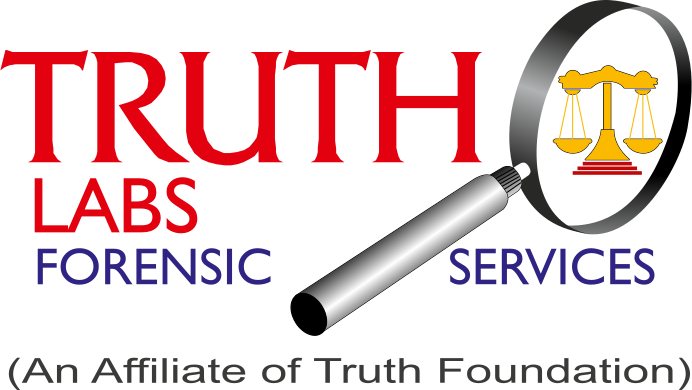Harvest and Homicide
Yes, I know you are wondering how Forensic and Festival of Harvest known by different names in India can become a subject of matter for an interesting reading. Follow the true story behind these. Celebrating this harvest festival throughout the country, it may be contemptuous to recall one of the first cases solved with the aid of forensics and the progression of the science since those days, but informative nonetheless.
In the 13th century, a farmer’s corpse was found slashed in the paddy field of his village. In a time where evidences were a fairly new concept, investigators relied on experience and intuition. Sung T’zu, the physician and judge of the province started off examining this case by understanding what type of weapon caused the wound. To do this, he used an animal carcass to inflict lacerations and incisions with different weapons, eventually concluding that a sickle was responsible for the wound inflicted on the farmer’s corpse. Commonly, a tool used by other farmers and peasants. Unfortunately, the usual route of questioning and interrogation was fruitless, so the physician tried an alternate route. All the owners of sickles in the village were asked to line up and place their sickles on the ground, and voila! A few minutes later, one particular sickle attracted flies to itself. Leading to the apprehension and conviction of the assailant.

Now you may ask, how and why, did the jury acquit a person solely on the buzz of a few flies? Upon murdering the victim, the sickle used was only wiped, not cleaned of the blood. The remnant traces of blood and tissues on the blade attracted the hematophagous insects to it.
Since then to this day and age, we have discovered plentiful clues to be analysed that aids the investigation. The study of insects attracted to blood and tissues, is referred to as Forensic Entomology. However, a more common tool utilized in nearly all cases is DNA Analysis. It is possible to establish identity of a person, link a perpetrator to the victim and crime scene, and considerably more, with the study of collected DNA samples.
The Biology branch in Truth labs often deals with cases where DNA is analysed to aid both Individuals, Investigative and Judiciary departments to identify, link and biologically profile people.
As an ode to the harvest season and one of the first cases solved using intuitive forensics, our DNA team at Truth Labs, solved a similar case where the weapon of assault was used to confirm the link between the victim, assailant and the weapon. An investigative team approached Truth labs with a Bamboo stick and a piece of clothing requesting analysis on the blood and hair sample adhering to the same. After a thorough analysis, DNA profiles and markers of the victim were found an exact match with the samples obtained on the submitted articles. Therefore, providing concrete evidence to the investigators.
Truth labs accepts various samples such as clothing, body fluids and viscera, weapons and tools, and so forth to perform Biological and genetic analysis that aids with issues ranging from establishing identity, lineage analysis and DNA profiling etc.
The crimes may not have changed, but the science of analysis has.









 The human body is made up of soft and hard tissues, and fire will have a dramatic effect on both. Fire can be fatal in different ways, but the most common are either due to the heat or suffocation from the smoke produced.
The human body is made up of soft and hard tissues, and fire will have a dramatic effect on both. Fire can be fatal in different ways, but the most common are either due to the heat or suffocation from the smoke produced.





